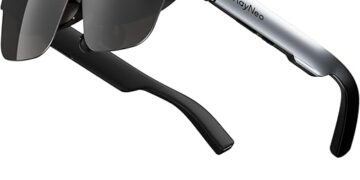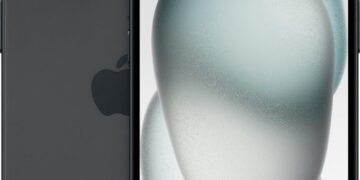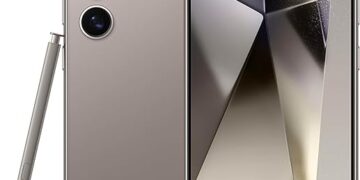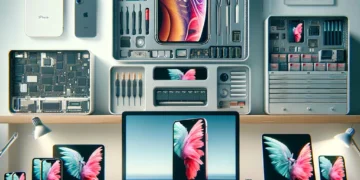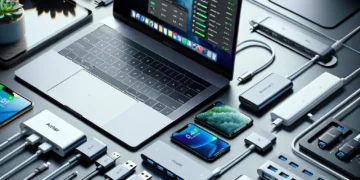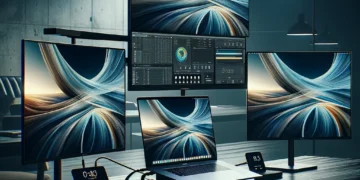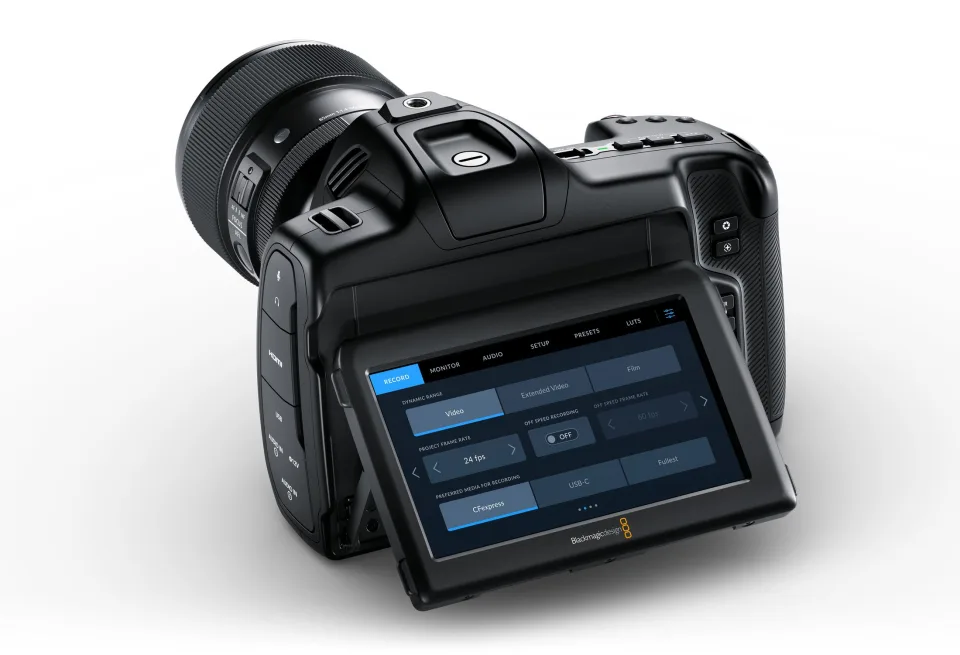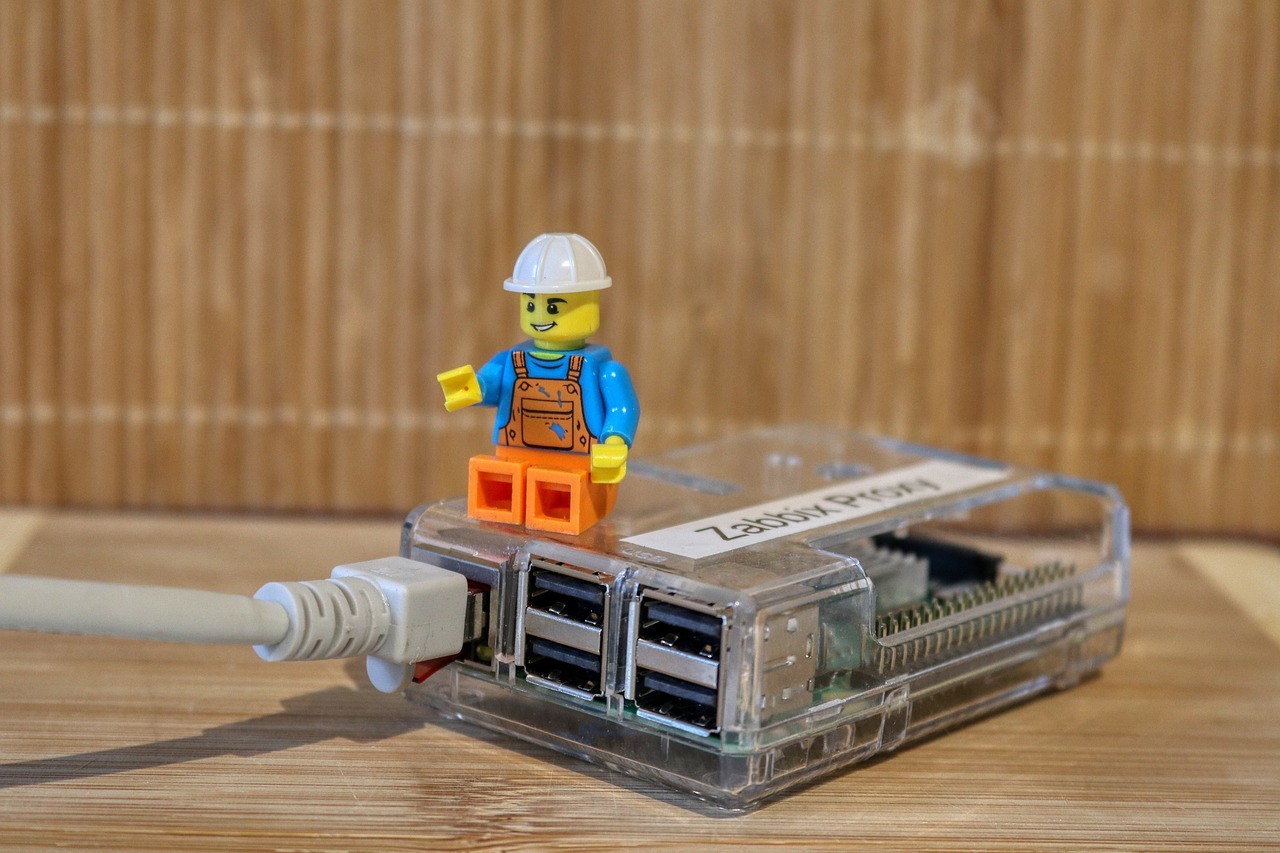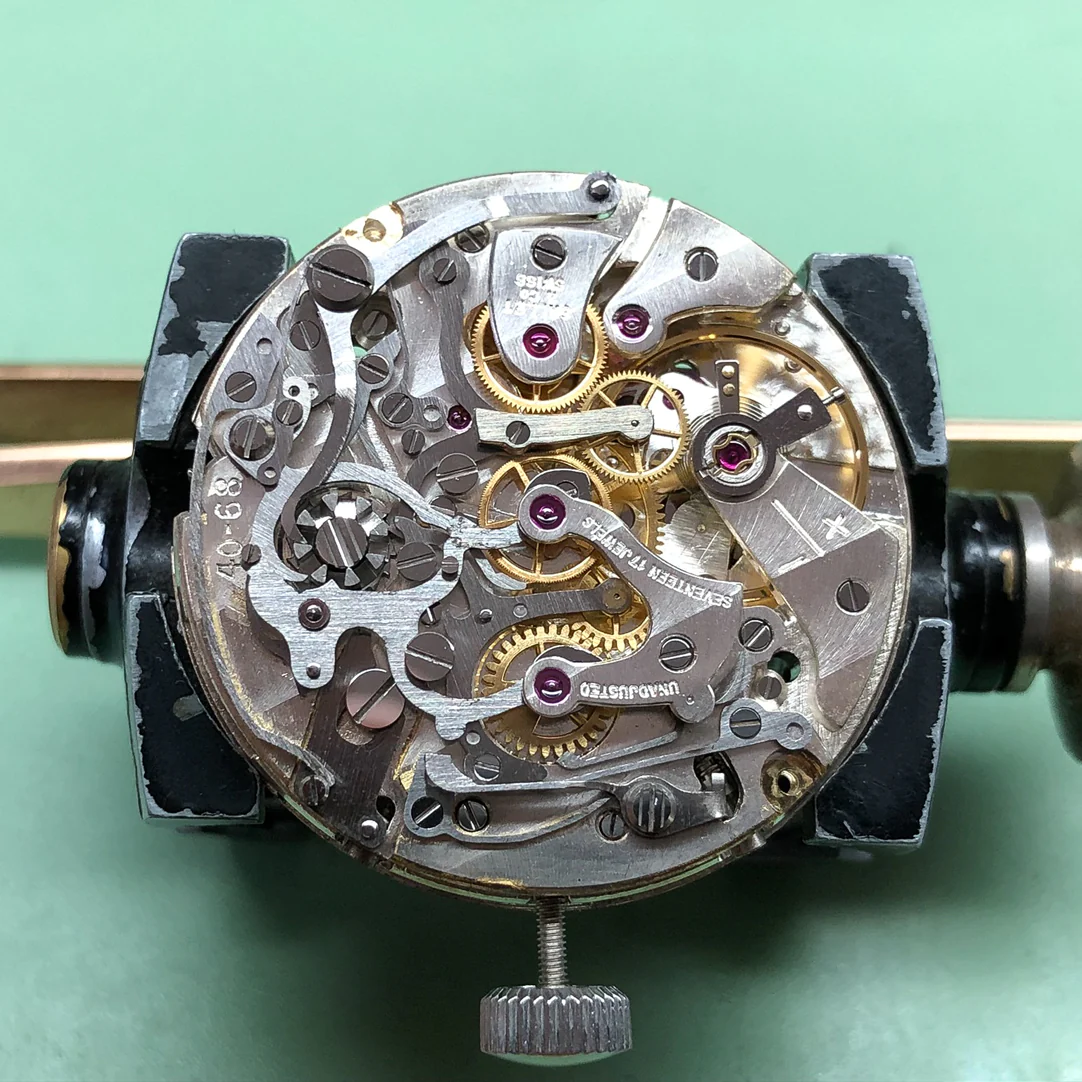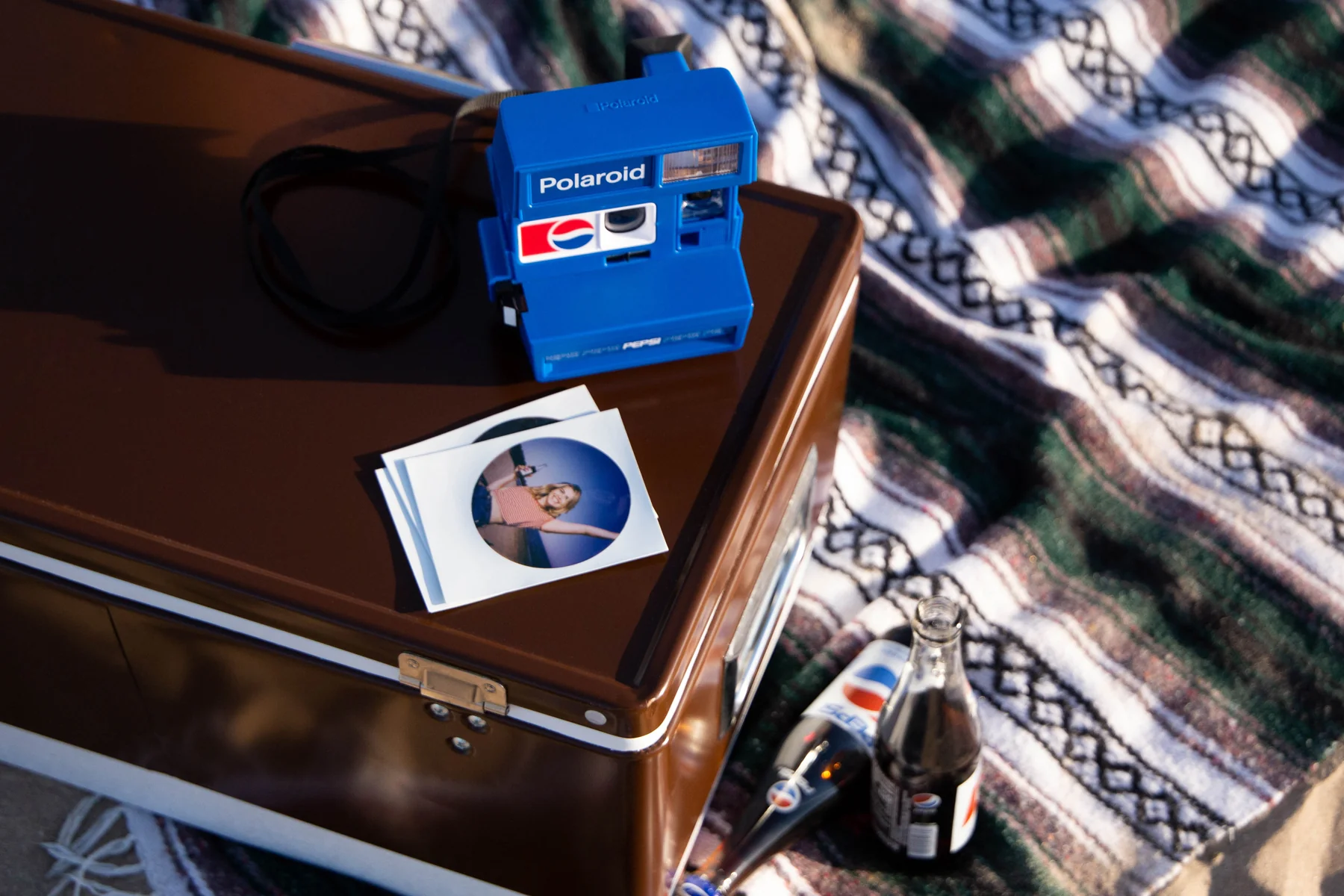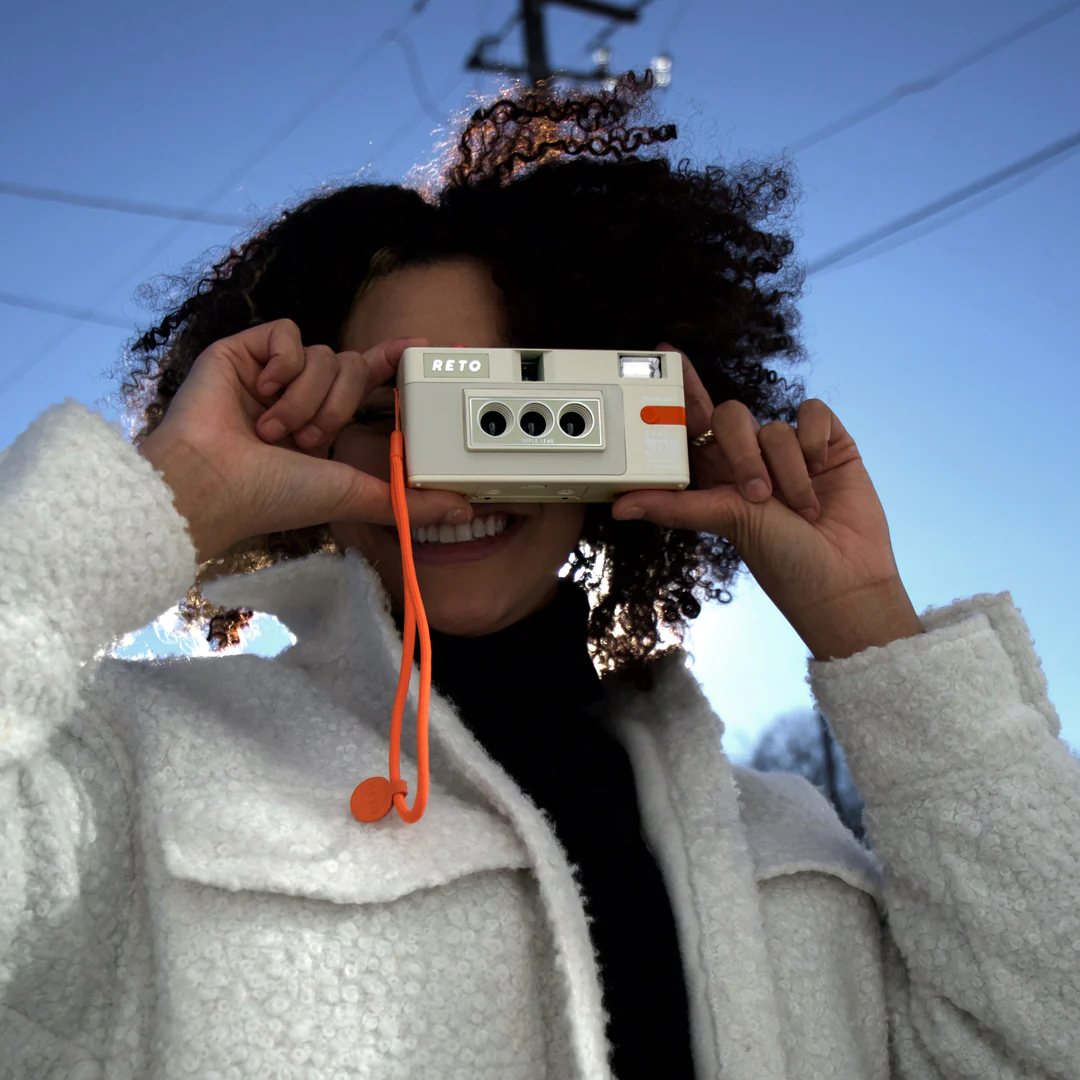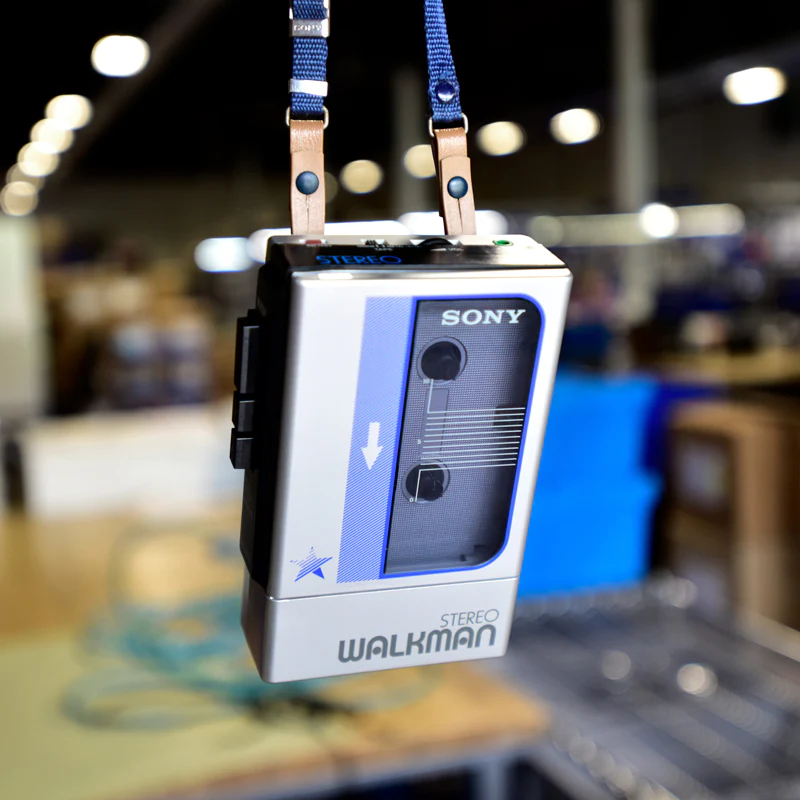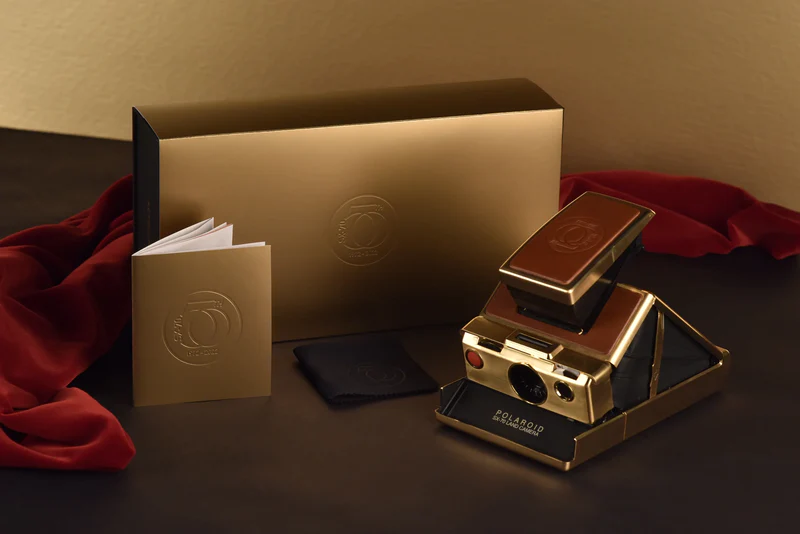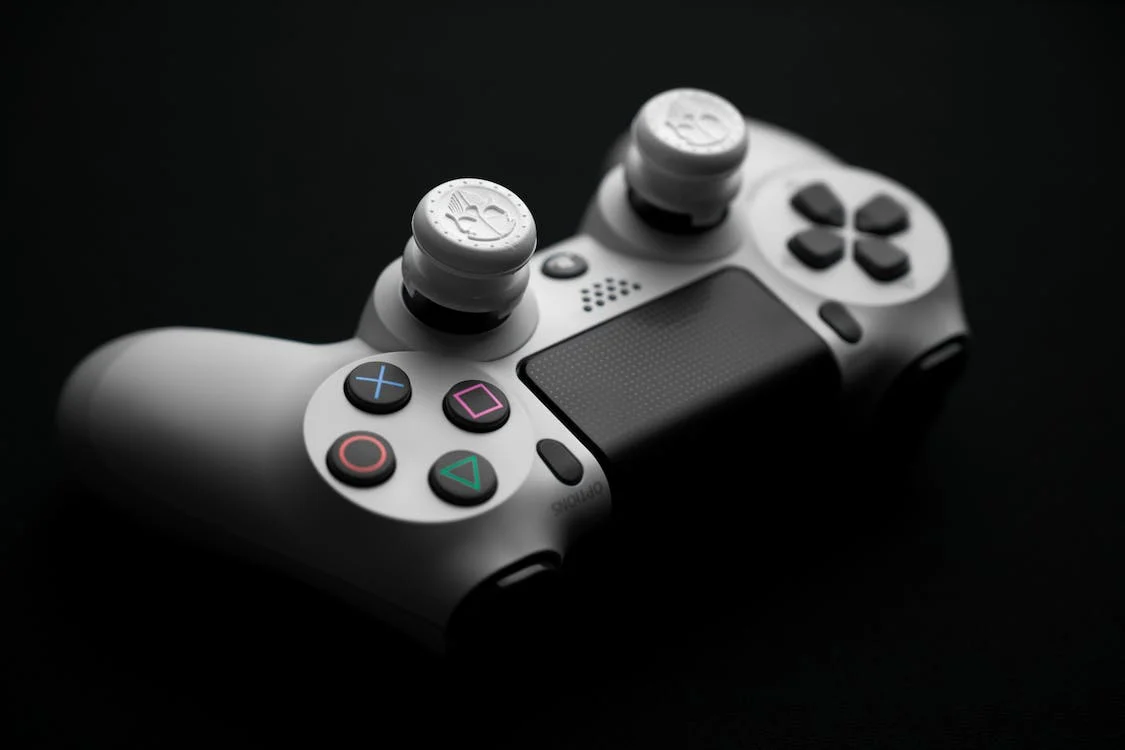In the realm of Polaroid cameras, the concept of “high-end” has often been overshadowed by the brand’s reputation for instant gratification and user-friendly point-and-shoot simplicity. However, with the advent of the Polaroid I-2, the company has embarked on a new journey, merging the unique charm of instant film with modern features catering to discerning photographers. While it offers much to admire, one significant hurdle stands out: the price tag. Priced at $599, the I-2 commands a premium four times higher than the next most expensive camera in Polaroid’s lineup, the Polaroid Now+.
Polaroid Now+ 2nd Generation I-Type Instant Film Bluetooth Connected App Controlled Camera - Black (9076)
A Glimpse into the Optics
The Polaroid I-2 justifies its premium status with its remarkable lens, the fastest in Polaroid’s current lineup. Sporting a 98mm f/8 lens, the equivalent of approximately a 38mm f/2.8 lens on a 35mm camera according to Polaroid, it delivers a wide aperture compared to most other Polaroid cameras that typically top out at f/11 or f/16. Although the lens is crafted from acrylic and polycarbonate rather than glass, Polaroid asserts that this choice doesn’t significantly compromise quality while keeping costs in check.
The company takes immense pride in this lens, considering it a homage to the bygone era of instant cameras. In fact, Polaroid even enlisted the expertise of two retired Olympus engineers to design it. This lens, while impressive on paper, bears testament to Polaroid’s dedication to offering a premium experience.
Craftsmanship and Manual Control
Four years of meticulous development went into creating the I-2, and it exudes a sense of passion and devotion. Despite its predominantly plastic construction, it feels sturdy and boasts an appealing design, featuring a matte black body with dark silver and red accents—a far cry from the more brightly colored Now series. Every detail of the camera seems carefully considered, right down to the underside, where a quote from Polaroid co-founder Edwin Land is proudly displayed.
The I-2 stands out in the current lineup by offering compatibility with standard lens filters. This feature enables users to readily attach a 49mm ND filter, a practical addition considering the camera’s top shutter speed of just 1/250 of a second. Coupled with the 640 ASA of standard i-Type film, achieving proper exposure in bright sunlight can be challenging.
Polaroid Now+ White (9062) - Bluetooth Connected I-Type Instant Film Camera with Bonus Lens Filter Set
Despite the limitation in shutter speed, the I-2 outperforms the Now+ with its top speed of 1/200. Surprisingly, the more affordable Polaroid Go can reach a remarkable 1/300 of a second, making it the fastest camera in the family, albeit using smaller Go film.
However, what sets the I-2 apart is its onboard manual settings. While the Now+ offers some control options through an app, the I-2 grants complete control over aperture and shutter speed directly on the camera. These settings are adjusted via a single ring around the lens, though users must press a button to switch between them. Opting for aperture or shutter priority mode simplifies the process by focusing on a single variable. Shutter priority became my preference to minimize the risk of camera shake. The placement of the shutter button on the front, while traditional, felt somewhat less ergonomic to me, potentially due to the camera’s bulkiness.
Polaroid Now i-Type Camera - White + Polaroid Color Film for i-Type (8 Exposures) + Album Holds 32 Photos - Great Value Kit!
A Seamless App Experience
For those seeking a more streamlined experience, the I-2 boasts an excellent app that perfectly complements the camera. The app instantly connects when the I-2 is powered on, eliminating the need for pairing and minimizing any delay. Changes made in the app immediately reflect on the camera’s small screen, and vice versa. This seamless connection stands in stark contrast to my previous struggles with other camera apps.
While the app proves valuable, it does remove some of the charm of having all controls on the camera itself. Nonetheless, it can be incredibly useful for tripod-mounted shots, particularly for landscapes and long exposures. Night photography and light painting enthusiasts can also take advantage of the bulb mode. Additionally, the I-2 features a 2.5mm TS jack for connecting an external flash, elevating your Polaroid photography game.
A Spectacular Viewfinder and Continuous Autofocus
Though the app offers convenience, it doesn’t provide a live view of the camera’s perspective. For that, you’ll need to rely on the I-2’s superb viewfinder. With its large, bright display, it provides exposure information, shutter speed, and aperture details. My only quibble with the viewfinder is the challenge of identifying the right frame boundary on the right side, especially while wearing glasses. However, this issue isn’t unique to the I-2 and has appeared in other cameras.
Nonetheless, it’s wise to utilize the viewfinder, as Polaroid film is a costly investment, even for the i-Type film compatible with the I-2. Priced at $17 for an eight-photo pack, each picture amounts to $2.25. Such expenses make it impractical to rely on a “shoot and pray” approach. While the continuous autofocus, utilizing LiDAR, is reliable, the precious nature of Polaroid film warrants careful framing and consideration.
An Uncertain Journey with Film
Here’s the caveat: during my time with the I-2, shooting six packs of film proved to be somewhat unpredictable. Even in full auto mode, I encountered inconsistent results. Adjusting the exposure compensation to -1 occasionally resulted in overexposed photos in bright sunlight. This inconsistency may be attributed to the maximum shutter speed of 1/250 of a second paired with 640 ASA film. Surprisingly, when using SX-70 film with its lower 160 ASA rating, I still experienced underexposed shots, regardless of the mode. A pack of black and white i-Type film also presented challenges, repeatedly jamming and yielding only two usable shots.
In conclusion, the Polaroid I-2 offers the allure of premium instant photography but is accompanied by an element of unpredictability when it comes to film results. Its high price tag and film costs may be prohibitive for some, but for those willing to embrace the artistry of instant photography, the I-2 offers a blend of modern features and nostalgic charm that can yield rewarding results with patience and practice.


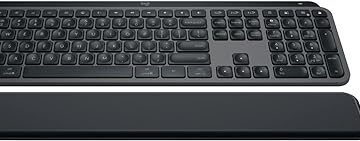







![Apple Watch SE (2nd Gen) [GPS 40mm] Smartwatch with Starlight Aluminum Case with Starlight Sport Band S/M. Fitness & Sleep Tracker, Crash Detection, Heart Rate Monitor](https://www.tech-bit.com/wp-content/uploads/2024/06/applewatchse2ndgengps40mmsmartwatchwithstarlightaluminumcase-360x180.jpg)


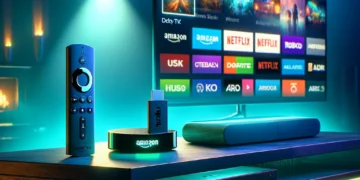

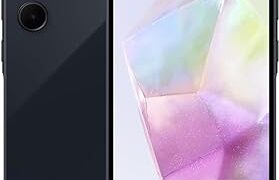
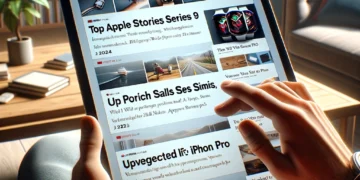

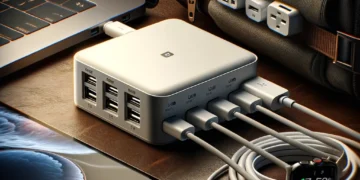



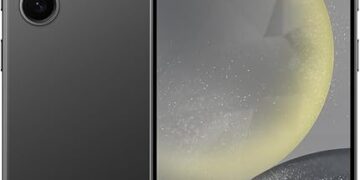
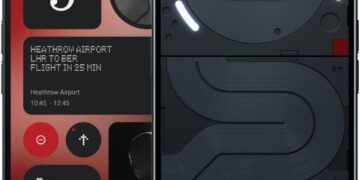
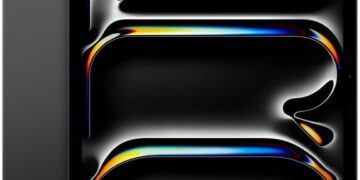


![Apple Watch Series 9 [GPS 45mm] Smartwatch with Midnight Aluminum Case with Midnight Sport Band S/M. Fitness Tracker, ECG Apps, Always-On Retina Display, Water Resistant](https://www.tech-bit.com/wp-content/uploads/2024/06/applewatchseries9gps45mmsmartwatchwithmidnightaluminumcasewith-360x180.jpg)

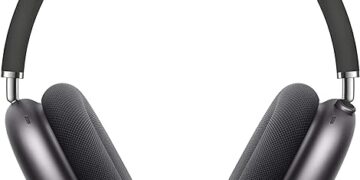
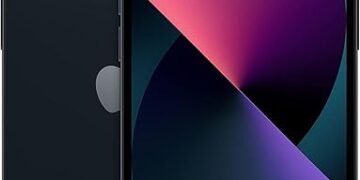
![Apple Watch Ultra 2 [GPS + Cellular 49mm] Smartwatch, Sport Watch with Rugged Black Titanium Case with Black Ocean Band. Fitness Tracker, Precision GPS, Action Button, Extra-Long Battery Life](https://www.tech-bit.com/wp-content/uploads/2024/10/applewatchultra2gpscellular49mmsmartwatchsportwatchwithrugged-360x180.jpg)

